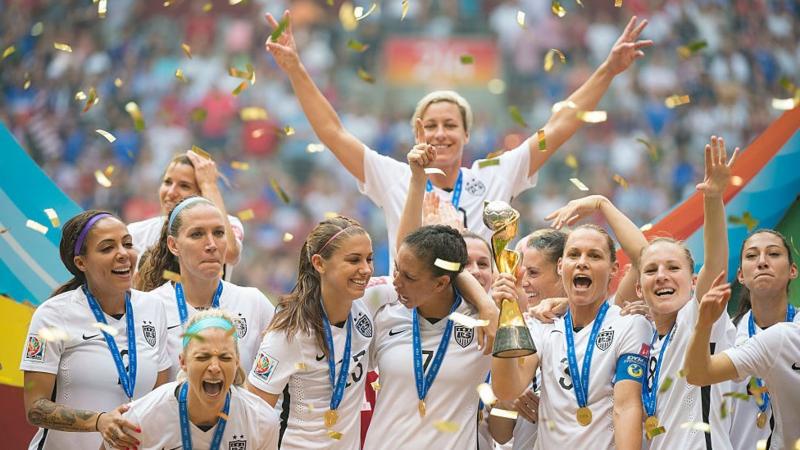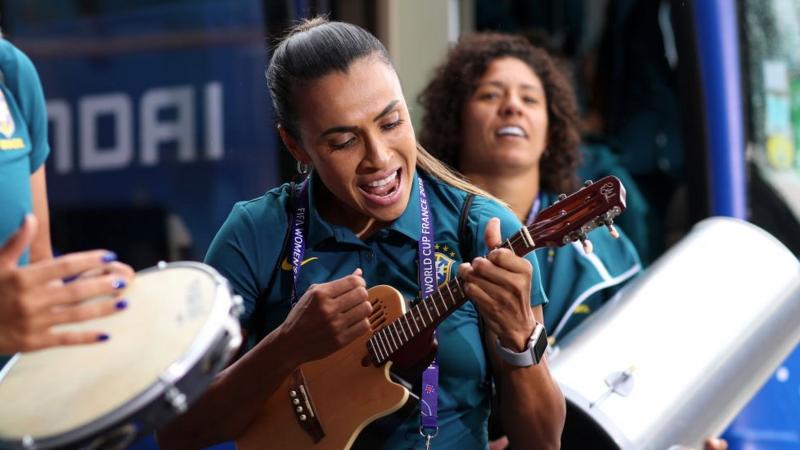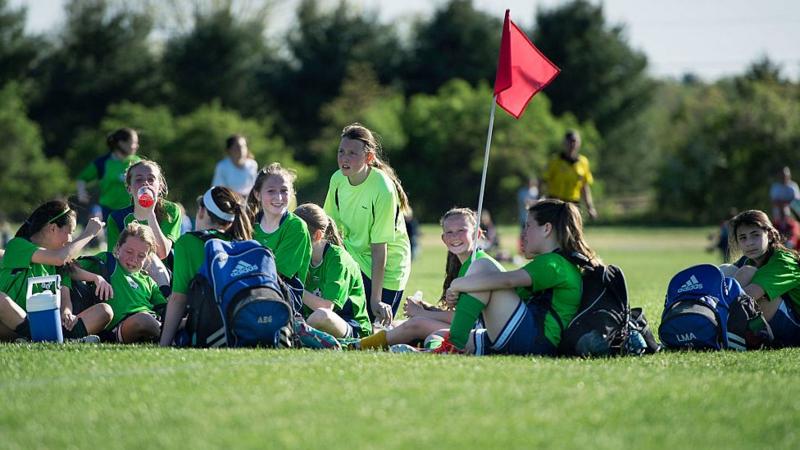Think of football and quite often Brazil will come to mind as an example of success.
But not for the followers of the women’s game.
While in the men’s version the South American country has an enviable collection of five Fifa World Cup titles and a legion of legendary players, it is the United States who are the powerhouse in the female landscape.
Out of seven World Cups, the Americans have won three and finished as runner-ups once. They have also won four Olympic gold medals in six attempts.
But Brazil’s best result in the tournament is a solitary second place in 2007, though they do also have two Olympic silver medals.
In fact, the only country with success on both fronts is Germany, with four men’s and two women’s titles.
But what explains the reversal of scenarios in the US and Brazil?
First mover advantage
The US men’s team’s best result in a World Cup was in 2002, where they reached the quarter-finals – losing to eventual runners-up Germany – and it was just one of the unusual results registered in a tournament where Turkey finished third and co-hosts South Korea fourth.
But the women’s game had a much different trajectory thanks to Title IX – a federal law that in 1972 established gender equality in the distribution of funding in high school and university sports, and which still forms the basis of professional sports in the US.
By the time the first Women’s World Cup took place in 1991, the US had a larger talent pool than anyone else. It took advantage of the fact that in many other countries women’s football remained for years underfunded and with low participation rates.
However, it was the 1999 world title that raised the game’s profile. In that year, the US hosted and won the 1999 World Cup – the shirtless celebration of defender Brandi Chastain after scoring the winning penalty in the final against China is often referenced as one of the most iconic sporting moments by American media.
Mia Hamm – who topped the all-time international scoring list in 1999, a month prior to the World Cup – even became a punchline in the sitcom Friends.
That game in Los Angeles attracted a crowd of more than 90,000 people, the biggest ever for a women’s match.
Brazil and the prejudice rule
The story of women’s football in Brazil is marred by sexism. The game was actually outlawed in 1941 by then dictator Getulio Vargas – and the prohibition was only lifted in 1979.
Without a proper grassroots system and a strong league, the women’s team has actually punched above its weight by reaching the 2007 final and the semi-finals in 1999.
And Brazil have also produced the woman voted the best player of all-time: Marta.
Sheer numbers
World governing body Fifa’s latest census of the woman’s game, in 2014, established that there were more 30 million female players worldwide.
About half of them were based in the US and Canada.
In the whole of South America, Fifa counted a little over 255,000 players.
The US numbers are also impressive at grassroots level: national governing body US Soccer says that women amount to 47% of all players at high-school level, and 53% at university competitions.
“Many other countries in Europe are still lagging in the women’s movement, and even in Brazil, where soccer is a cultural phenomenon, women have struggled to gain recognition and access to basic resources,” economist and author Stefan Szymanski told American radio PBS earlier this year.
Better conditions
The 23-women squad sent by the US to the 2019 Women’s World Cup in France is formed from players taking part in the National Women’s Soccer League, one of the strongest and most-watched competitions in the world of women’s football.
Players have a minimum annual wage of $16,500 and a maximum of $46,200.
As for Brazil, 16 players are based abroad, plying their trade in places as diverse as South Korea and Denmark, as the domestic league struggles to attract the interest of public, sponsors and media.
The seven games of the opening round of the 2019 Campeonato Brasileiro had less than 10,000 people in attendance, despite many clubs giving tickets away for free.
Wages are hardly enticing: a survey by news portal UOL in 2017 showed that three out of four players earned less than $6,000 a year.
Mileage
In sporting tournaments like the World Cup, experience is an asset. A point proven by a quick look at the number of matches played by the American stars.
On average, each of the 23 American players in France has played for her country 75 times. For Brazil, the average is 40.
“When we go to a competition like the World Cup we face teams that train together and play together more than us. We lack both in the physical and psychological departments,” says former Brazil captain Juliana Cabral.
Brazil kicked off their 2019 World Cup with a comfortable 3-0 win over Jamaica – striker Cristiane scoring a hat-trick in the victory.
The US begin their tournament on Tuesday against Thailand in Reims, while Brazil are next in action against Australia on Thursday in Montpellier.
Source: Read Full Article




